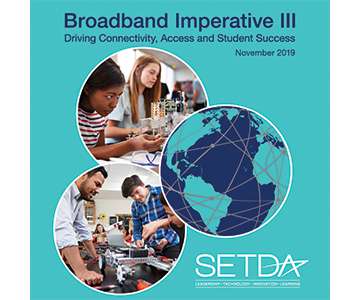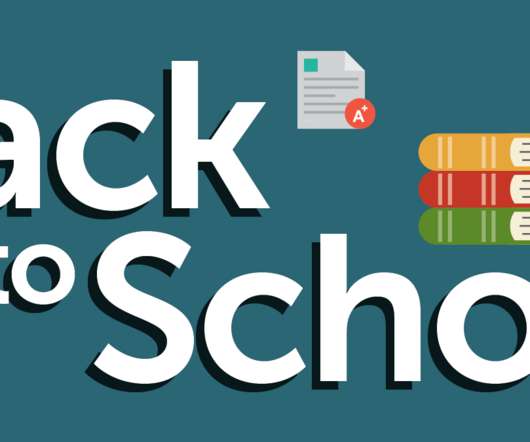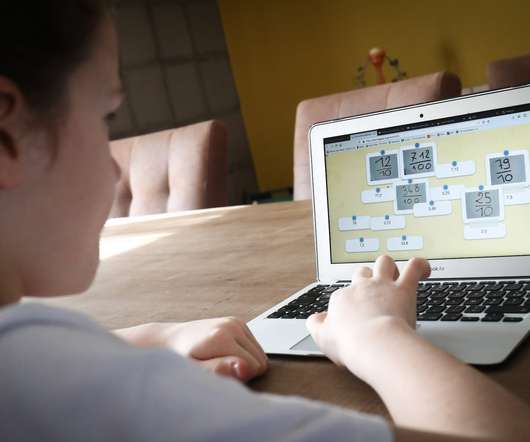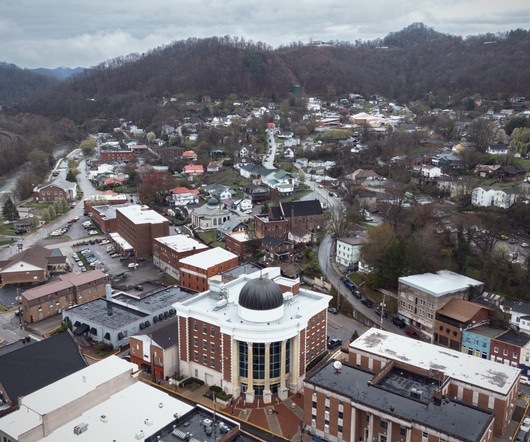Announcing the 2015 State of the States report on school broadband connectivity
Education Superhighway
NOVEMBER 18, 2015
Today we are excited to announce the release of our first annual 2015 State of the States report on Internet connectivity in America’s K-12 public schools. The report shows, in the last two years tremendous progress has been made, an additional 20 million students have been connected. with access to fiber.












































Let's personalize your content